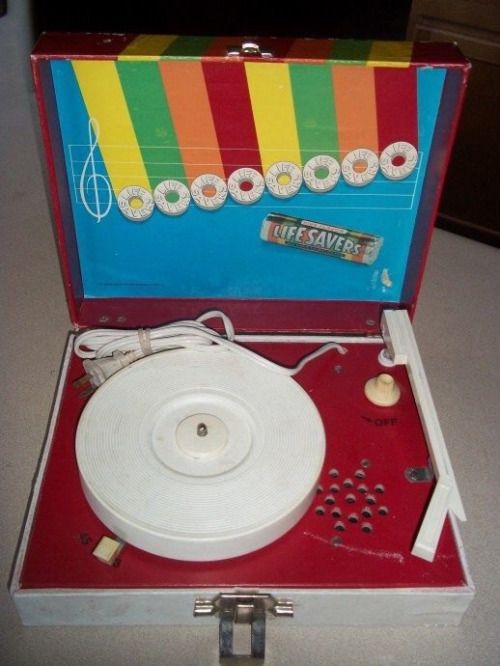Growing up my record player was a prized possession. I can still recall how it looked. It came in its own carrying case. An old-fashioned clasp held the box closed. One that could easily be opened by small fingers. The case had a patchy, light blue pattern on it. Inside the top half contained an image of two kids. They sort of resembled the Chucky doll, but in a benign early 80’s way. The bottom half sported a small white turntable, tonearm, large holes for the speaker, and a switch to change the speed. We only had two options for speed. It looked something like this:

Back in the day, we plugged it in. Even so, it was still light weight and portable. The box was small with a white handle on top for carrying it around. To a young kid this meant independence on many levels. I could move my entertainment system around with me. If the record was small, I could even transport that right with the player. More importantly, I could play records by myself and for myself. I didn’t have to rely on a parent, or a voice-activated device with established controls, to listen to music or stories.
As a young child I spent hours listening to records. My best friend and I listened to music or stories. Sometimes singing or playing along. Other times adjusting the speed and laughing at how funny our familiar songs and stories sounded moving too fast or too slow.
I often marvel at how much music something as tiny as my smartphone, laptop, or even my now broken iPod can contain. A lifetime’s collection of records. Yet, they can’t be shared or experienced in the same way. As a child, there was something very deliberate about opening up my record player, selecting an album from a small amount of options, and setting it on the turntable. The actions were small and automatic, but set the tone for an activity of listening or sharing with a friend, without the need for any grownups to help.
